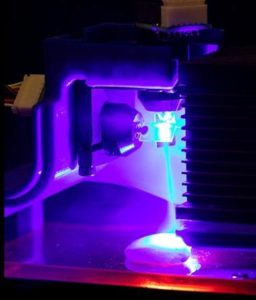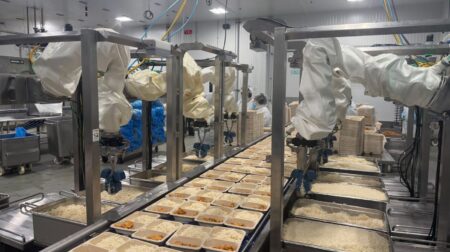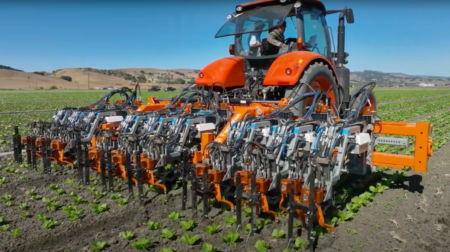Engineers at Columbia University, U.S. have developed a laser cooking system and 3D printing technology for assembling food products.
Under the guidance of mechanical engineering professor Hod Lipson, the “Digital Food” team at the Creative Machines Lab created a fully autonomous digital personal chef.
The group started developing 3D-printed foods in 2007, since then food printing has progressed to multi-ingredient prints and has been explored by researchers and commercial companies.
“We noted that, while printers can produce ingredients to a millimetre-precision, there is no heating method with this same degree of resolution,” said Jonathan Blutinger, a PhD in Lipson’s lab who led the project.
“Cooking is essential for nutrition, flavour, and texture development in many foods, and we wondered if we could develop a method with lasers to precisely control these attributes.”

In a new study, published in the nature portfolio journal Science of Food, the team explored various modalities of cooking by exposing blue light and infrared light to chicken, which they used as a model food system.
They printed chicken samples (3mm thick by ~1in2 area) as a test bed and assessed a range of parameters including cooking depth, colour development, moisture retention, and flavour differences between laser-cooked and stove-cooked meat.
The team discovered that laser-cooked meat shrinks 50% less, retains double the moisture content, and shows similar flavour development to conventionally cooked meat.
“In fact, our two blind taste-testers preferred laser-cooked meat to the conventionally cooked samples, which shows promise for this burgeoning technology,” said Blutinger.
While Lipson and Blutinger are excited about the possibilities of this new technology, the hardware and software components are low-tech, they note that there is not yet a sustainable ecosystem to support it.
Lipson added: “What we still don’t have is what we call “Food CAD,” sort of the Photoshop of food. We need a high-level software that enables people who are not programmers or software developers to design the foods they want. And then we need a place where people can share digital recipes, like we share music.”







